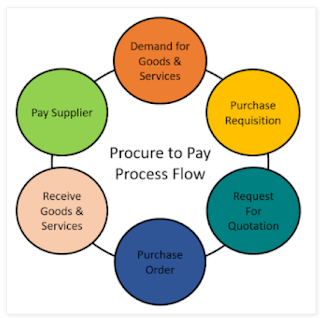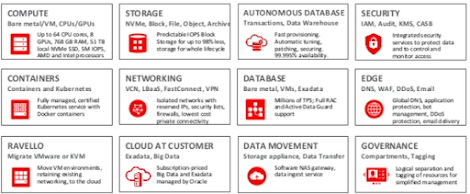Procure to Pay (P2P Cycle) in Oracle fusion/EBS

Hey Guys, Welcome!! This Blog is all about Procure to Pay, commonly known as P2P in Oracle Cloud/EBS. This one is predominantly for those who have no Knowledge in these Cycles and for those who are willing to start their career in ERP as these are used in almost all companies that are using ERP for their day-to-day tasks. Let's dive into it. Let's see about Procure to Pay Cycle:- This Cycle deals entirely from Purchase of Products till Payments made to them. Almost used in every Business Organization that uses ERP. Let us see them in detail using the following steps. Imagine a Supermarket.There might be different departments in it .So the purpose of these Departments in P2P is to inform about the products that are in demand to the purchasing team who inturn procure them from other suppliers and deliver it to the Warehouse/Inventory and then segregate them and those products are kept in shelves of necessary departments for the customers. 1)Requistio...
